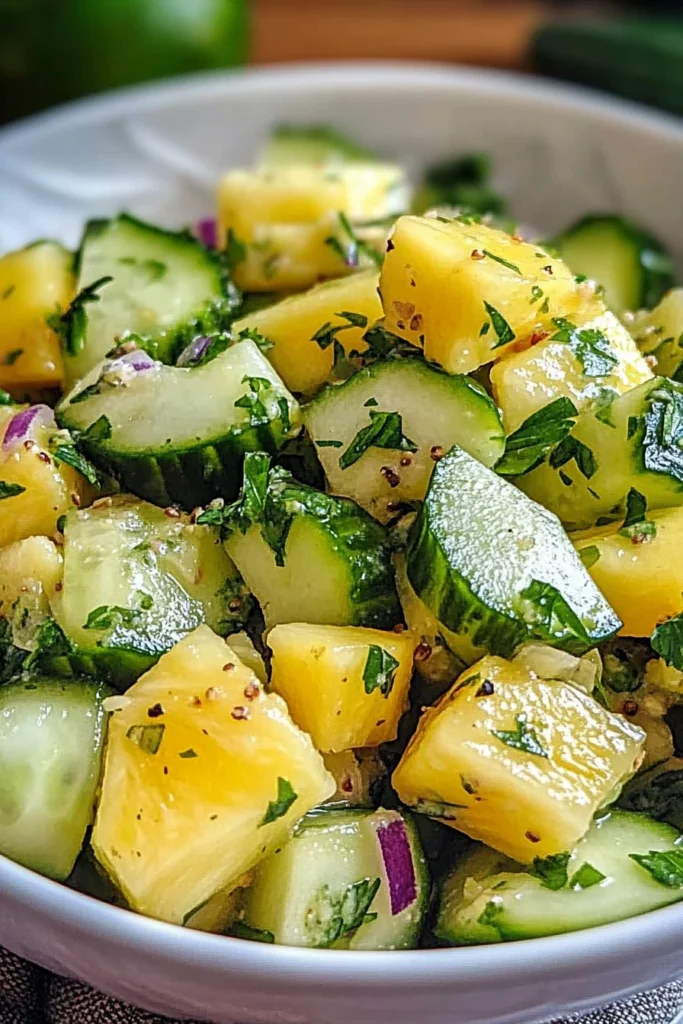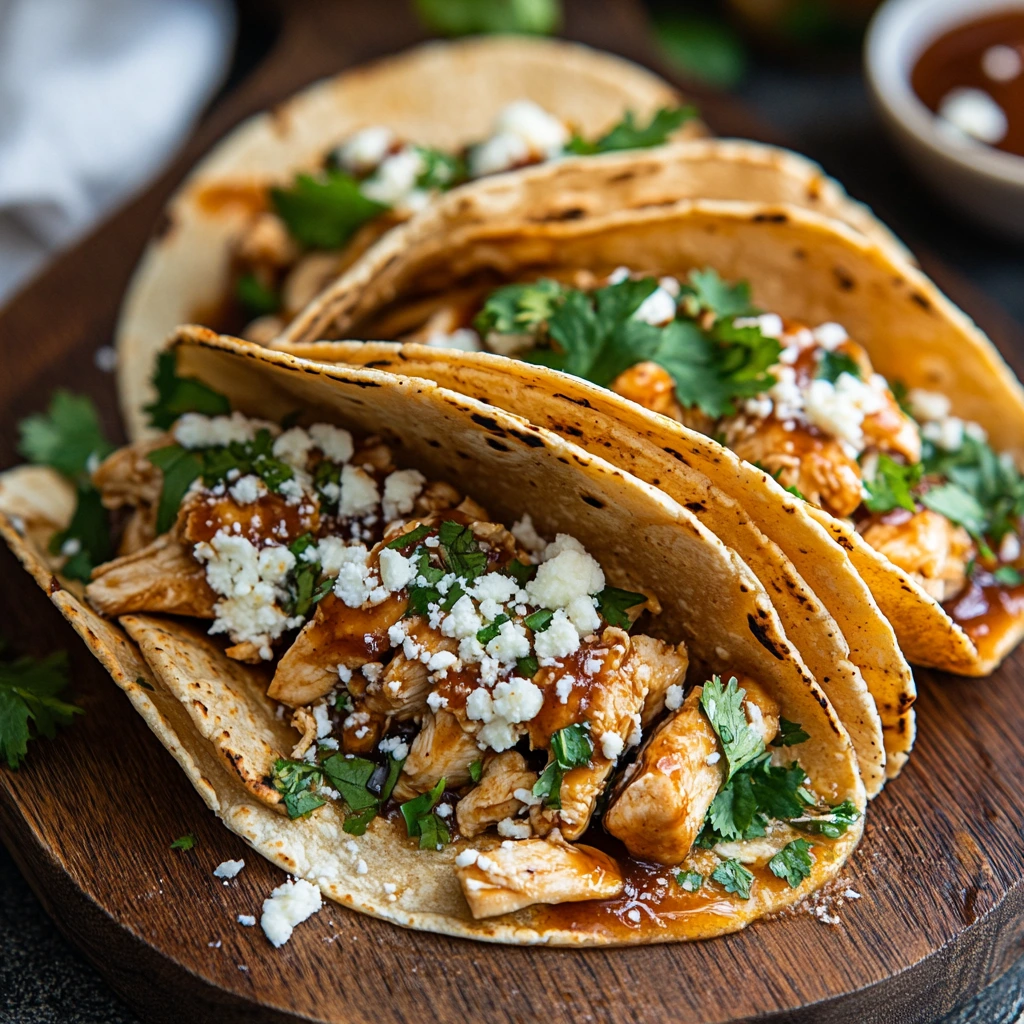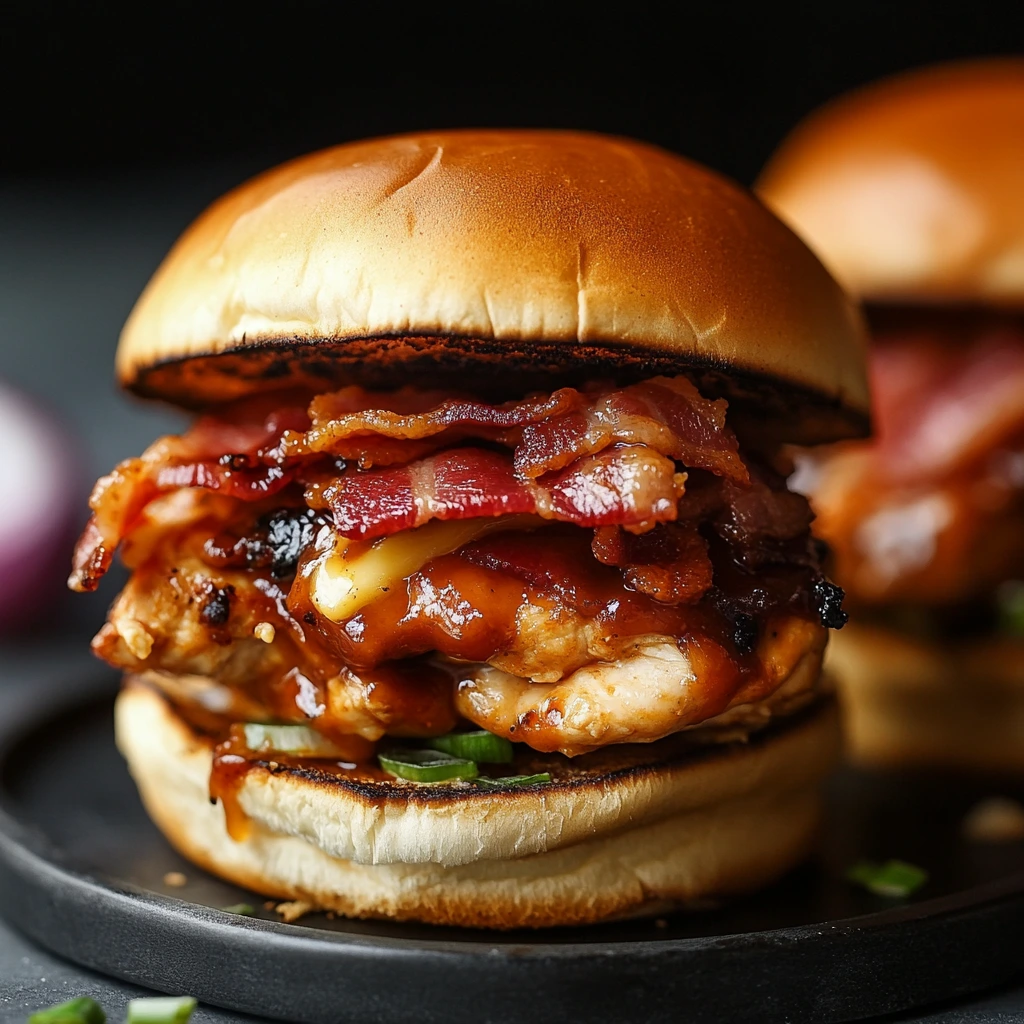Parker House rolls are a timeless classic — soft, buttery, and golden brown, with a delicate texture that practically melts in the mouth. Originating from the historic Parker House Hotel in Boston in the 19th century, these rolls have become a staple on American dinner tables, especially during holidays and family gatherings. Their signature folded shape and rich, buttery flavor make them both elegant and comforting.
The Essence of Parker House Rolls
Parker House rolls are known for their pillowy texture and buttery layers. The dough is enriched with milk, butter, and a touch of sugar, giving it a tender crumb and subtle sweetness. Each roll is folded in half before baking, creating a soft interior and a slightly crisp, golden edge. When brushed with melted butter, they become irresistibly glossy and flavorful.
Why Parker House Rolls Are So Special
These rolls are special because they combine simplicity with sophistication. The dough is easy to work with, yet the result feels luxurious — soft, rich, and perfectly balanced. They’re versatile enough to serve with any meal, from Thanksgiving turkey to Sunday roast, and they’re just as delicious on their own with a pat of butter or a drizzle of honey.
Parker House rolls are more than bread — they’re a symbol of hospitality, warmth, and tradition.
Ingredients and Their Roles
All-purpose flour: Provides structure and softness.
Milk: Adds richness and tenderness to the dough.
Butter: Infuses flavor and creates a soft, flaky texture.
Sugar: Feeds the yeast and adds a hint of sweetness.
Yeast: Leavens the dough, making it light and airy.
Salt: Balances the flavors.
Egg: Adds richness and helps with browning.
Step-by-Step Recipe for Parker House Rolls
Ingredients
- 4 cups all-purpose flour (plus extra for dusting)
- 1 cup whole milk, warmed to 40–43°C (105–110°F)
- 2 ¼ teaspoons active dry yeast (1 packet)
- 3 tablespoons sugar
- 1 teaspoon salt
- 1 large egg
- ½ cup unsalted butter, melted (divided)
Preparation
1. Activate the yeast
- In a small bowl, combine warm milk, sugar, and yeast.
- Let sit for 5–10 minutes until foamy.
2. Make the dough
- In a large mixing bowl, combine flour and salt.
- Add the yeast mixture, egg, and ¼ cup melted butter.
- Mix until a soft dough forms.
- Knead on a lightly floured surface for 8–10 minutes until smooth and elastic.
3. First rise
- Place the dough in a greased bowl, turning once to coat.
- Cover with a clean towel and let rise in a warm place for 1–1½ hours, or until doubled in size.
4. Shape the rolls
- Punch down the dough and roll it out on a floured surface to about ½ inch thick.
- Cut into 3-inch circles using a biscuit cutter or glass.
- Brush each circle with melted butter.
- Fold each circle in half, pressing lightly at the edge to seal.
- Arrange the rolls slightly apart on a greased baking sheet or in a buttered baking dish.
5. Second rise
- Cover and let rise again for 30–40 minutes, until puffy.
6. Bake
- Preheat the oven to 190°C (375°F).
- Bake for 15–18 minutes, until golden brown.
- Brush immediately with the remaining melted butter.
7. Serve
Serve warm, with extra butter or honey on the side.
Tips for Perfect Parker House Rolls
- Use warm, not hot, milk: Too hot will kill the yeast.
- Knead thoroughly: Ensures a soft, elastic dough.
- Let the dough rise fully: Patience gives the best texture.
- Brush with butter twice: Once before folding and again after baking for maximum flavor.
- Serve warm: The rolls are at their best fresh from the oven.
Variations to Try
Garlic Herb Parker House Rolls
Add minced garlic and chopped herbs (rosemary, thyme, or parsley) to the melted butter for a savory twist.
Honey Butter Rolls
Brush the baked rolls with a mixture of melted butter and honey for a sweet finish.
Whole Wheat Parker House Rolls
Replace half the flour with whole wheat flour for a nuttier flavor and extra fiber.
Cheddar Parker House Rolls
Sprinkle shredded cheddar inside before folding for cheesy layers.
Buttermilk Parker House Rolls
Use buttermilk instead of regular milk for a tangy, tender crumb.
Serving Suggestions
Parker House rolls are incredibly versatile. Serve them with:
- Roast turkey, chicken, or beef
- Soups and stews
- Holiday meals like Thanksgiving or Christmas dinner
- Breakfast spreads with jam, honey, or butter
They also make excellent mini sandwiches — perfect for leftover turkey or ham.
Storage and Make-Ahead Tips
- Make-ahead: Prepare the dough up to the first rise, then refrigerate overnight. Bring to room temperature before shaping.
- Leftovers: Store in an airtight container at room temperature for up to 2 days.
- Reheating: Warm in the oven at 160°C (325°F) for 5–7 minutes.
- Freezing: Freeze baked rolls for up to 2 months. Reheat directly from frozen.
Nutritional Information (per roll)
- Calories: 160–180 kcal
- Protein: 4 g
- Fat: 6 g
- Carbohydrates: 24 g
- Sugar: 3 g
- Sodium: 180 mg
The History and Inspiration Behind Parker House Rolls
Parker House rolls were first created in the 1870s at the Parker House Hotel in Boston, Massachusetts. Legend has it that an irate baker threw unfinished dough into the oven, creating the signature folded shape by accident. The result was a soft, buttery roll that quickly became famous.
The rolls gained national recognition and were even served at the White House. Today, they remain a symbol of New England hospitality and classic American baking.
The Texture and Flavor Profile
The perfect Parker House roll is soft, fluffy, and slightly sweet, with a golden, buttery crust. The folded shape creates a tender interior that pulls apart easily, revealing delicate layers. The flavor is rich but balanced — buttery without being heavy, sweet without being cloying.
Each bite is light yet satisfying, making these rolls irresistible.
Troubleshooting Common Issues
Dense rolls: The dough may not have risen enough — ensure the yeast is active and the dough doubles in size.
Dry texture: Overbaking or too much flour can cause dryness.
Flat rolls: The dough may have been rolled too thin or not allowed to rise properly.
Uneven browning: Rotate the pan halfway through baking for even color.
Chef’s Tips for Professional Results
- Weigh ingredients: For consistent results, use a kitchen scale.
- Use high-quality butter: It enhances flavor and texture.
- Proof in a warm, draft-free area: Ideal temperature is around 27°C (80°F).
- Brush with butter before and after baking: Adds shine and flavor.
- Serve immediately: Freshly baked rolls are unbeatable.
Pairing Ideas
- With Beverages: Pair with Chardonnay, sparkling wine, or apple cider.
- With Sides: Serve alongside mashed potatoes, roasted vegetables, or gravy.
- With Sauces: Complement with honey butter, garlic butter, or herb oil.
The Joy of Making Parker House Rolls
Making Parker House rolls is a rewarding experience. The process — mixing, kneading, shaping, and baking — fills the kitchen with the comforting aroma of fresh bread. Watching the dough rise and transform into golden, buttery rolls is pure satisfaction.
It’s a recipe that invites patience and care, rewarding the baker with soft, pillowy perfection.
The Science Behind the Fluffiness
The secret to the rolls’ light texture lies in the yeast fermentation and enriched dough. The milk and butter tenderize the gluten, while the sugar feeds the yeast, creating air pockets that make the rolls rise beautifully. The folding technique traps steam during baking, resulting in soft, layered interiors.
Presentation and Garnishing
For an elegant presentation, arrange the rolls in a round baking dish or basket lined with a linen napkin. Brush with melted butter just before serving for a glossy finish. Sprinkle with flaky sea salt or fresh herbs for a gourmet touch.
The Perfect Holiday Bread
Parker House rolls are a holiday essential. Their soft texture and buttery flavor complement any festive meal, from Thanksgiving turkey to Christmas roast. They’re also perfect for soaking up gravy or enjoying with leftover ham the next day.
Their timeless appeal makes them a must-have on every celebratory table.
The Comfort of Tradition
Parker House rolls embody the essence of comfort and tradition. They remind us of family gatherings, warm kitchens, and shared meals. Passed down through generations, this recipe continues to bring people together, one buttery roll at a time.
Creative Twists for Modern Palates
For a modern twist, try adding roasted garlic, herbs, or cheese to the dough. You can also shape them differently — into knots, cloverleaf rolls, or pull-apart loaves. For a sweet version, brush with cinnamon butter or drizzle with honey glaze.
The beauty of Parker House rolls lies in their versatility — they can be classic or creative, simple or sophisticated.
The Perfect Balance of Comfort and Elegance
Parker House rolls strike the perfect balance between homestyle comfort and refined elegance. Their soft, buttery texture and golden sheen make them suitable for both casual dinners and formal celebrations.
They’re a reminder that the simplest recipes, made with care, often bring the greatest joy.
Conclusion
Parker House rolls are a timeless classic — soft, buttery, and irresistibly fluffy. With their golden tops, tender interiors, and rich flavor, they elevate any meal from ordinary to extraordinary.
Whether served at a holiday feast or a simple family dinner, these rolls embody the warmth of home and the joy of sharing good food. A true American classic, Parker House rolls are more than bread — they’re a tradition worth keeping alive, one golden roll at a time.







